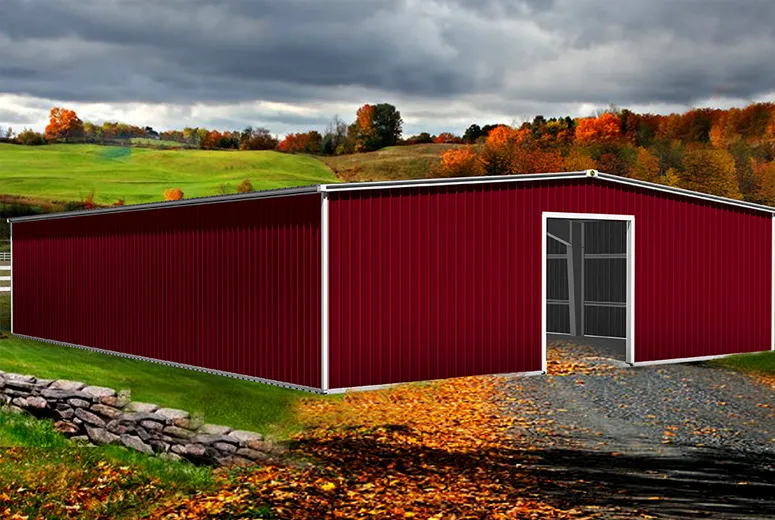- Afrikaans
- Albanian
- Amharic
- Arabic
- Armenian
- Azerbaijani
- Basque
- Belarusian
- Bengali
- Bosnian
- Bulgarian
- Catalan
- Cebuano
- Corsican
- Croatian
- Czech
- Danish
- Dutch
- English
- Esperanto
- Estonian
- Finnish
- French
- Frisian
- Galician
- Georgian
- German
- Greek
- Gujarati
- Haitian Creole
- hausa
- hawaiian
- Hebrew
- Hindi
- Miao
- Hungarian
- Icelandic
- igbo
- Indonesian
- irish
- Italian
- Japanese
- Javanese
- Kannada
- kazakh
- Khmer
- Rwandese
- Korean
- Kurdish
- Kyrgyz
- Lao
- Latin
- Latvian
- Lithuanian
- Luxembourgish
- Macedonian
- Malgashi
- Malay
- Malayalam
- Maltese
- Maori
- Marathi
- Mongolian
- Myanmar
- Nepali
- Norwegian
- Norwegian
- Occitan
- Pashto
- Persian
- Polish
- Portuguese
- Punjabi
- Romanian
- Russian
- Samoan
- Scottish Gaelic
- Serbian
- Sesotho
- Shona
- Sindhi
- Sinhala
- Slovak
- Slovenian
- Somali
- Spanish
- Sundanese
- Swahili
- Swedish
- Tagalog
- Tajik
- Tamil
- Tatar
- Telugu
- Thai
- Turkish
- Turkmen
- Ukrainian
- Urdu
- Uighur
- Uzbek
- Vietnamese
- Welsh
- Bantu
- Yiddish
- Yoruba
- Zulu
Oct . 17, 2024 14:05 Back to list
Steel Structure Shed Design A Comprehensive Guide
Steel structure sheds are increasingly becoming a preferred choice for various applications ranging from storage and manufacturing to agricultural purposes and workshops. The versatility, durability, and cost-effectiveness of steel as a construction material make it a staple in the modern construction landscape. This article explores the essential aspects of designing steel structure sheds, including design considerations, benefits, and common applications.
Design Considerations
1. Purpose and Functionality The first step in designing a steel structure shed is to assess its intended use. Whether it's for agricultural storage, industrial manufacturing, or recreational purposes, understanding its functionality will guide the design process. This includes determining the required size and layout based on the equipment, materials, and personnel that will occupy the space.
2. Load Requirements Designers must take into account the various loads the structure will experience, including dead loads (the weight of the structure itself), live loads (the weight of the materials, equipment, and personnel), and environmental loads (such as snow, wind, and seismic activity). These factors are crucial in ensuring the safety and stability of the structure.
3. Local Building Codes and Regulations Each region has specific building codes and regulations that must be followed. This can include zoning laws, materials standards, and construction practices. It is essential for designers to collaborate with local authorities to ensure compliance and avoid legal or safety issues.
4. Material Selection While steel is the primary material for construction, various types of steel (e.g., carbon steel, stainless steel) and coatings (like galvanized or painted finishes) should be considered based on the environment and expected lifespan of the structure. Corrosive environments, for example, may require rust-resistant coatings to extend the shed's durability.
5. Foundation Design A robust foundation is critical for any structure. The type of foundation will depend on soil conditions, load requirements, and local regulations. Concrete pads and piers are common choices for steel structure sheds, providing excellent stability and support.
6. Ventilation and Insulation Depending on the shed's function, adequate ventilation and insulation might be necessary. Natural ventilation can be achieved through strategically placed windows and vents, while insulation materials can help regulate temperature and humidity levels inside the shed, thus protecting stored goods.
steel structure shed design

Benefits of Steel Structure Sheds
1. Durability Steel is known for its strength and resilience, making it ideal for structures that need to withstand harsh conditions. It is resistant to pests, rot, and extreme weather, resulting in a long lifespan with minimal maintenance.
2. Cost-Effectiveness Although the initial investment in steel structures can be higher than traditional materials, the long-term savings in maintenance, insurance, and energy efficiency make them a cost-effective solution overall.
3. Speed of Construction Steel structures can be prefabricated and quickly assembled on-site, reducing construction time and labor costs. This is especially beneficial for businesses needing to get their operations up and running swiftly.
4. Design Flexibility Steel allows for a wide range of design options. The ability to create large, open spaces without the need for interior columns leads to greater flexibility in layout configuration.
Common Applications
Steel structure sheds are utilized across a variety of industries. In agriculture, they serve as storage for equipment, grain, and livestock shelter. In manufacturing, they provide robust environments for assembly and production lines. They are also increasingly popular in commercial settings for warehousing and retail space due to their scalability and adaptability.
Conclusion
Designing a steel structure shed involves careful consideration of various factors, from load requirements to local regulations. Its numerous benefits, including durability, cost-effectiveness, and design flexibility, make it a popular choice for various applications. By understanding these essential design principles, professionals can create functional and efficient steel structure sheds that meet the diverse needs of their clients. As the demand for efficient and long-lasting structures continues to grow, steel sheds remain a viable and attractive option in today’s construction industry.
-
Steel Frame Modular Construction for Housing
NewsAug.07,2025
-
Steel Construction Factory Processes
NewsAug.07,2025
-
Portal Frame Shed for Sale: Delivery Options
NewsAug.07,2025
-
Metal Workshops for Sale: Insulation Solutions
NewsAug.07,2025
-
Metal Steel Building Manufacturers: Post-Construction Services
NewsAug.07,2025
-
Metal Garage Shed Kits: Size Options
NewsAug.07,2025
Products categories
Our Latest News
We have a professional design team and an excellent production and construction team.












